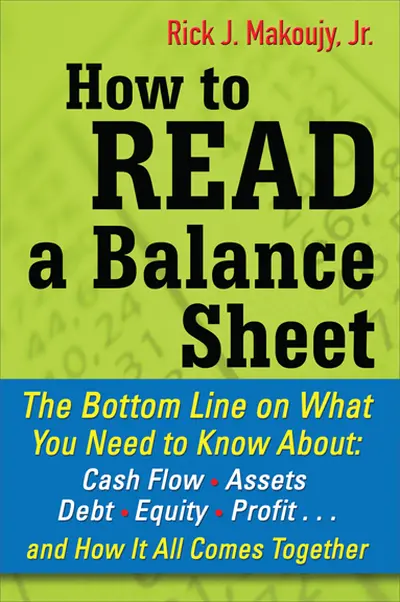My Account Details

ISBN10: 0071700331 | ISBN13: 9780071700337

Step 1 . Download Adobe Digital Editions to your PC or Mac desktop/laptop.
Step 2. Register and authorize your Adobe ID (optional). To access your eBook on multiple devices, first create an Adobe ID at account.adobe.com. Then, open Adobe Digital Editions, go to the Help menu, and select "Authorize Computer" to link your Adobe ID.
Step 3. Open Your eBook. Use Adobe Digital Editions to open the file. If the eBook doesn’t open, contact customer service for assistance.
Put the most valuable business tool to work for you!
The balance sheet is the key to everything--from efficient business operation to accurate assessment of a company’s worth. It’s a critical business resource--but do you know how to read it? How to Read a BalanceSheet breaks down the subject into easy-to-understand components.
If you're a business owner or manager, this book helps you . . .
- Manage working capital
- Generate higher returns on assets
- Maximize your inventory dollars
- Evaluate investment opportunities
If you're an investor, this book helps you . . .
- Determine the market value of a company's assets and operations
- Predict future earnings and trends
- Assess the impact of capital expenditures
- Identify potential "red flags" before the crowd
How to Read a Balance Sheet gives you the bottom line of what you need to know about:
Cash Flow * Assets * Debt * Equity * Profit and how it all comes together.
Need support? We're here to help - Get real-world support and resources every step of the way.